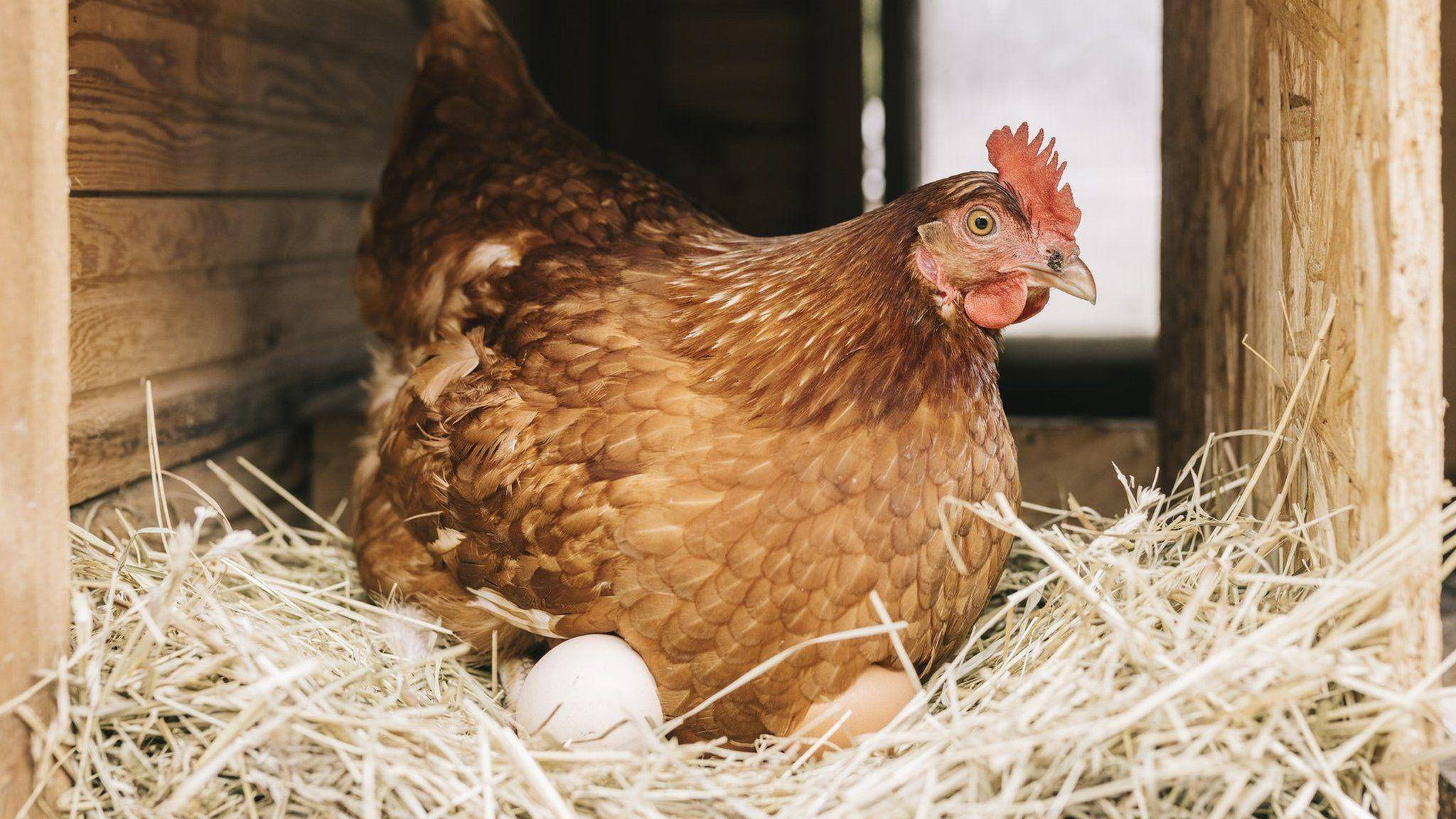Laying hen house environmental control management
1、Temperature: The temperature and humidity of the hen house is the necessary index to promote egg laying, the relative humidity reaches about 50%-70%, and the temperature reaches about 18℃-23℃, which is the best environment for egg laying. When the temperature is higher than 30 ℃, in addition to the appropriate opening of the windows, but also to increase the ventilation, in addition to hanging curtains and water cooling, through the tap water circulation cooling, window hanging shade net cooling, or installation of electric fans.
2、Water supply: Reduce the feeding density, 3 chickens per cage is appropriate, in order to prevent crowding leading to mutual pecking of laying hens; in the summer, use 0.01% potassium permanganate once every 20 days, a use of 2 days, and often clean up the drinking water line, supplying clear fresh water, to ensure that the drinking water is hygienic and healthy.
3, chicken coop water spray cooling: when the coop temperature reaches 28 ℃ -30 ℃, check if the humidity of the coop does not exceed 70%, you can spray water on the laying hens. Open, semi-open chicken coop water spray, to a small number of times as well, each time the spray to the chicken hair wet, or the ground is wet. You can also rotate the use of “with chicken disinfection” to reduce the dust in the coop, purify the air and reduce the reproduction of harmful bacteria.
Remind two points
1. For laying hens in summer
During the high temperature in summer, it is important for the reserve chicken group to be slightly higher than the standard (30-50g) to make up for the low feed intake due to the high temperature and the need to use the chicken reserves to meet the needs of the chicken on the peak of the egg-laying season.
2, turn on the lights late at night, increase feeding and drinking water, reduce heat stress
Hot weather during the day, the chicken feed greatly reduced, late at night the weather is cool, conducive to chicken feeding, so you can turn on the light after 4 hours in the lights 0.5 ~ 1 hour (increased light is not recorded in the total light program). The advantages of this method: first, increase the amount of food intake to make up for the lack of daytime feeding; second, the chickens are sufficiently watered and active to reduce heatstroke deaths.
Feed formula adjustment
The feed intake of laying hens is reduced in summer, and we have to make up for the nutritional deficiencies by adjusting the feed formula.
1, you can appropriately increase the energy level in the feed, such as adding 1-3% of oil to increase the feed energy level and protein level. At the same time, be careful not to excessively increase the content of protein raw materials, because protein metabolism produces much higher calories than carbohydrates and fat, which will increase the accumulation of metabolic heat production in the body.
2, to adjust the ratio of calcium and phosphorus in the feed, calcium can be raised to 4%, so that the ratio of calcium and phosphorus in the 7:1 or so appropriate, so that you can get good eggshell quality.
3, you can add anti-heat stress additives, such as bile acid with VC, can relieve heat stress, to improve egg production rate, reduce egg breakage rate has a better effect.
Health management of laying hens
Healthy management of laying hens in summer is crucial.
1, to ensure sufficient cool drinking water, try to give chickens drinking cool deep well water, both to meet the chicken’s drinking water needs, but also can play a cooling effect. At the same time, attention should be paid to adding vitamin C, multivitamin, astragalus polysaccharide and other immune synergists in the drinking water to prevent the stress caused by high temperature.
2, to provide sufficient activity space for laying hens, no less than 1.0 square meters of activity space per chicken, to ensure that chickens can move freely and rest.
3, to strengthen the inspection, timely detection and treatment of abnormalities.
Layer disease prevention and control
Summer is the high incidence of diseases in laying hens, to do a good job of disease prevention and control.
1, to strengthen feeding management, do a good job of daily sanitation and disinfection, to maximize the interruption of pathogen transmission.
2, to standardize the work of immunization, in strict accordance with the immunization procedures for vaccination, to reduce the chances of epidemic disease.
3, the morbidity of laying hens should be isolated in time to treat and disinfect, the dead chickens, pollutants and bedding, such as standardized harmless treatment.
Therefore, the management of summer laying hens needs to start from many aspects, not only to do a good job of environmental control management, but also to adjust the feed formula, strengthen health management, and do a good job of disease prevention and control. Only in this way can we ensure that laying hens can grow healthily and produce high and stable yields in summer.
https://www.incubatoregg.com/ Email: Ivy@ncedward.com
Post time: Jul-18-2024





